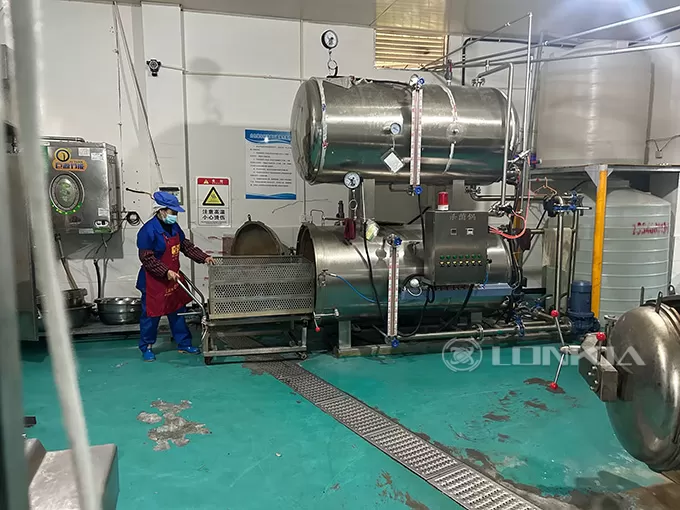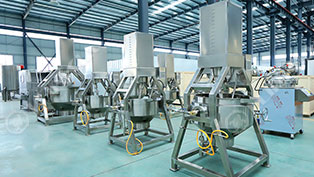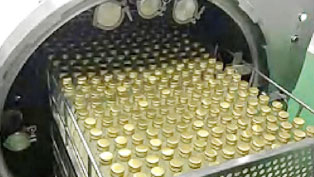Autoclaves are indispensable in sterilization processes, used widely in food processing, medical facilities, and laboratories. These devices use high-pressure steam to eliminate microorganisms, ensuring a sterile environment. However, not all materials are suitable for autoclaving. Incorrect usage can lead to equipment damage, compromised safety, or ineffective sterilization. This article explores items that should never be autoclaved and why.
1. Flammable or Combustible Materials
Examples: Alcohol, petroleum products, and other flammable solvents.
Why Avoid: These materials pose a fire or explosion risk when exposed to high temperatures and pressure inside the autoclave. Flammable substances can also emit hazardous fumes, endangering operators and equipment.
Recommendation: Use alternative sterilization methods, such as chemical disinfection, for flammable materials.
2. Items Containing Corrosive Chemicals
Examples: Bleach, strong acids, or bases.
Why Avoid: Corrosive chemicals can damage the internal components of the autoclave, compromising its performance. Furthermore, these substances may release toxic fumes when heated, posing serious health risks.
Recommendation: Sterilize items contaminated with corrosive chemicals using methods recommended by the chemical manufacturer.

3. Heat-Sensitive Plastics and Materials
Examples: Polystyrene, certain types of polypropylene, and plastic containers not labeled as "autoclavable."
Why Avoid: Heat-sensitive plastics can melt, warp, or release harmful chemicals under the high temperatures of an autoclave. This can result in residue accumulation and damage to the autoclave chamber.
Recommendation: Ensure plastics are explicitly marked as "autoclavable" before using them in the sterilization process.
4. Radioactive Materials
Why Avoid: Autoclaving radioactive materials can release radiation, contaminating the equipment and posing a significant health hazard. This type of waste requires specialized handling and disposal methods.
Recommendation: Follow regulatory guidelines for handling and disposing of radioactive substances.
5. Sealed Containers or Pressurized Items
Examples: Glass vials, aerosol cans, and other sealed containers.
Why Avoid: Sealed items can explode under autoclave pressure, causing damage and posing a safety risk to operators.
Recommendation: Open containers or use alternative sterilization methods to prevent pressure buildup.
6. Electronics and Batteries
Examples: Computers, handheld devices, and lithium-ion batteries.
Why Avoid: Electronics and batteries are not designed to withstand the extreme heat and moisture inside an autoclave. They can malfunction, leak hazardous chemicals, or become a fire hazard.
Recommendation: Use dry heat sterilization or specialized equipment for electronics.
7. Items with Toxic Residues
Examples: Materials contaminated with pesticides, certain cleaning agents, or toxic substances.
Why Avoid: Toxic residues can vaporize and contaminate the autoclave chamber and surrounding environment, posing risks to health and safety.
Recommendation: Decontaminate such items using alternative methods specified by safety protocols.
LONKIA’s Commitment to Sterilization Safety
At LONKIA, we prioritize safety and efficiency in all our sterilization solutions. Whether you need advanced autoclaves for food production or guidance on safe operation, our team of experts is here to help. Understanding the limitations of autoclaves ensures optimal performance and safety in your operations.
Contact Us for Expert Advice
Need help choosing the right sterilization equipment or learning about safe autoclave practices? Contact LONKIA today for customized solutions tailored to your industry needs. Let us help you maintain safety and efficiency in your operations.



